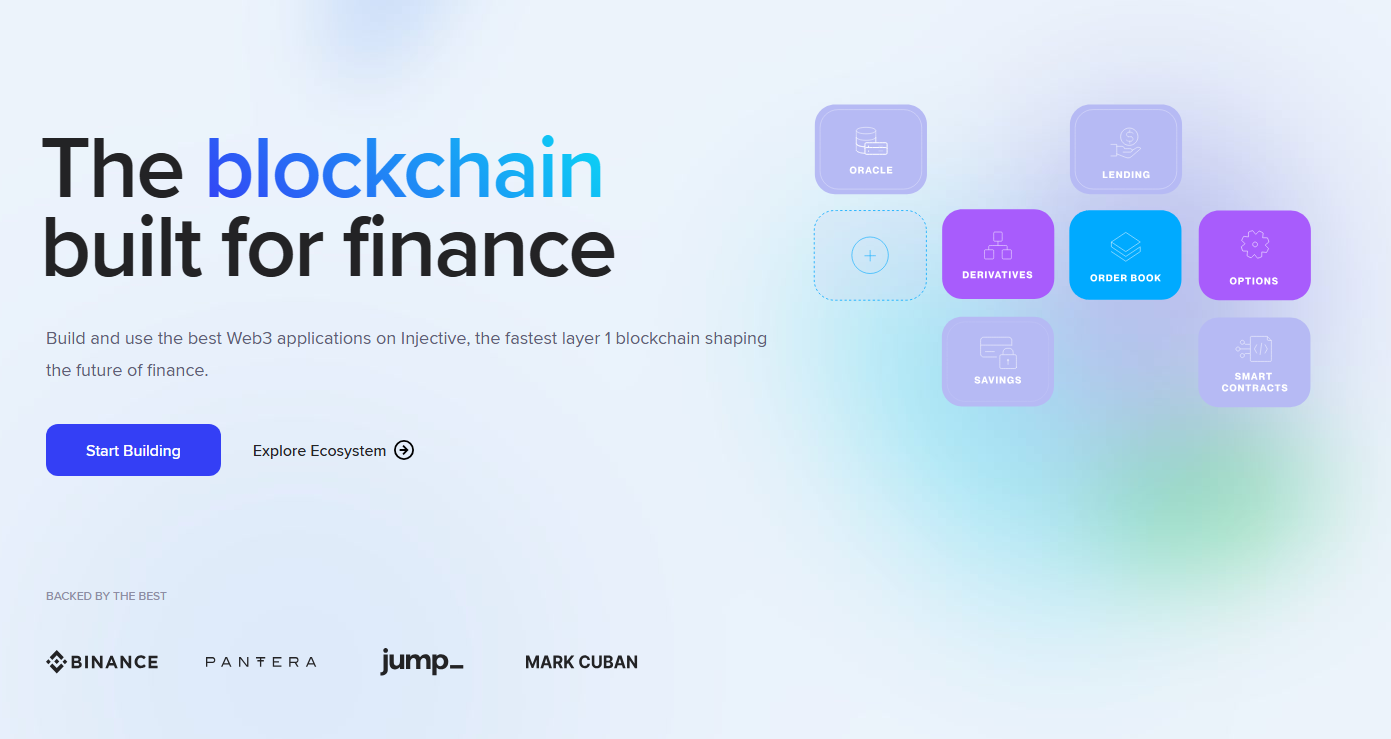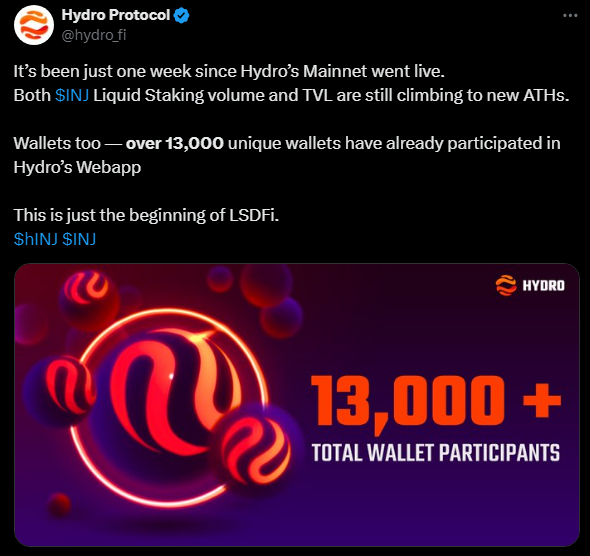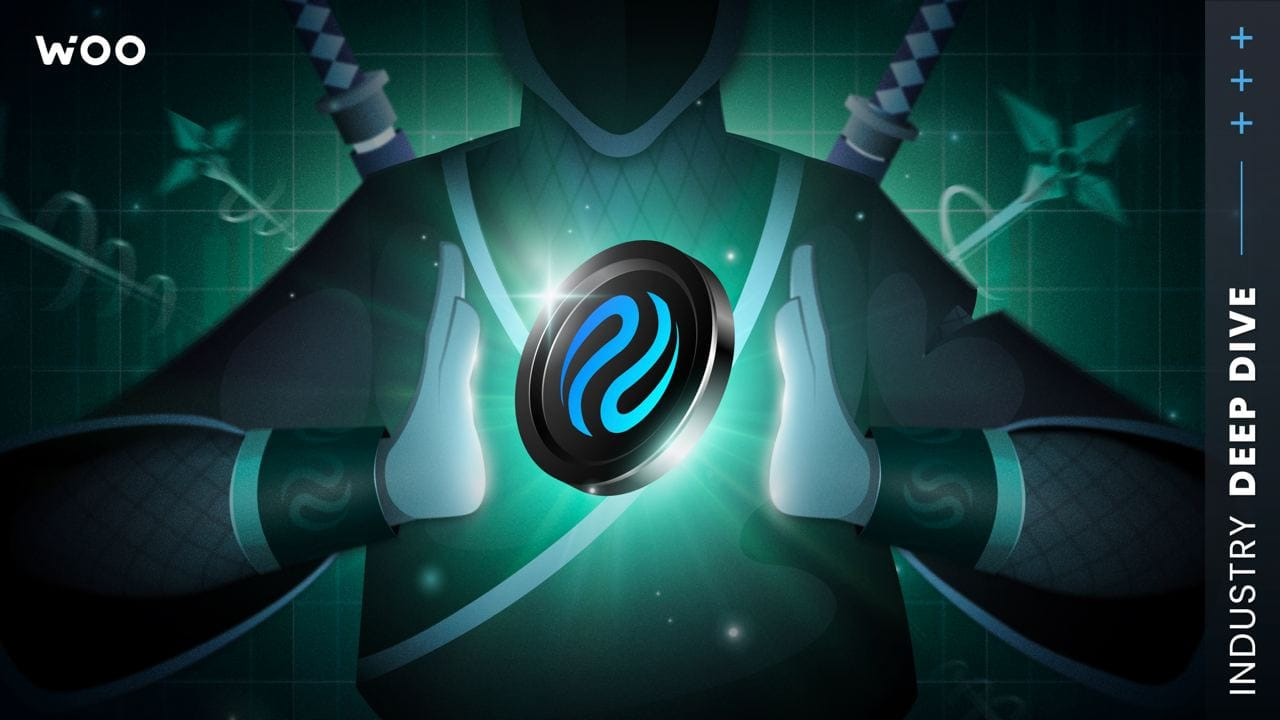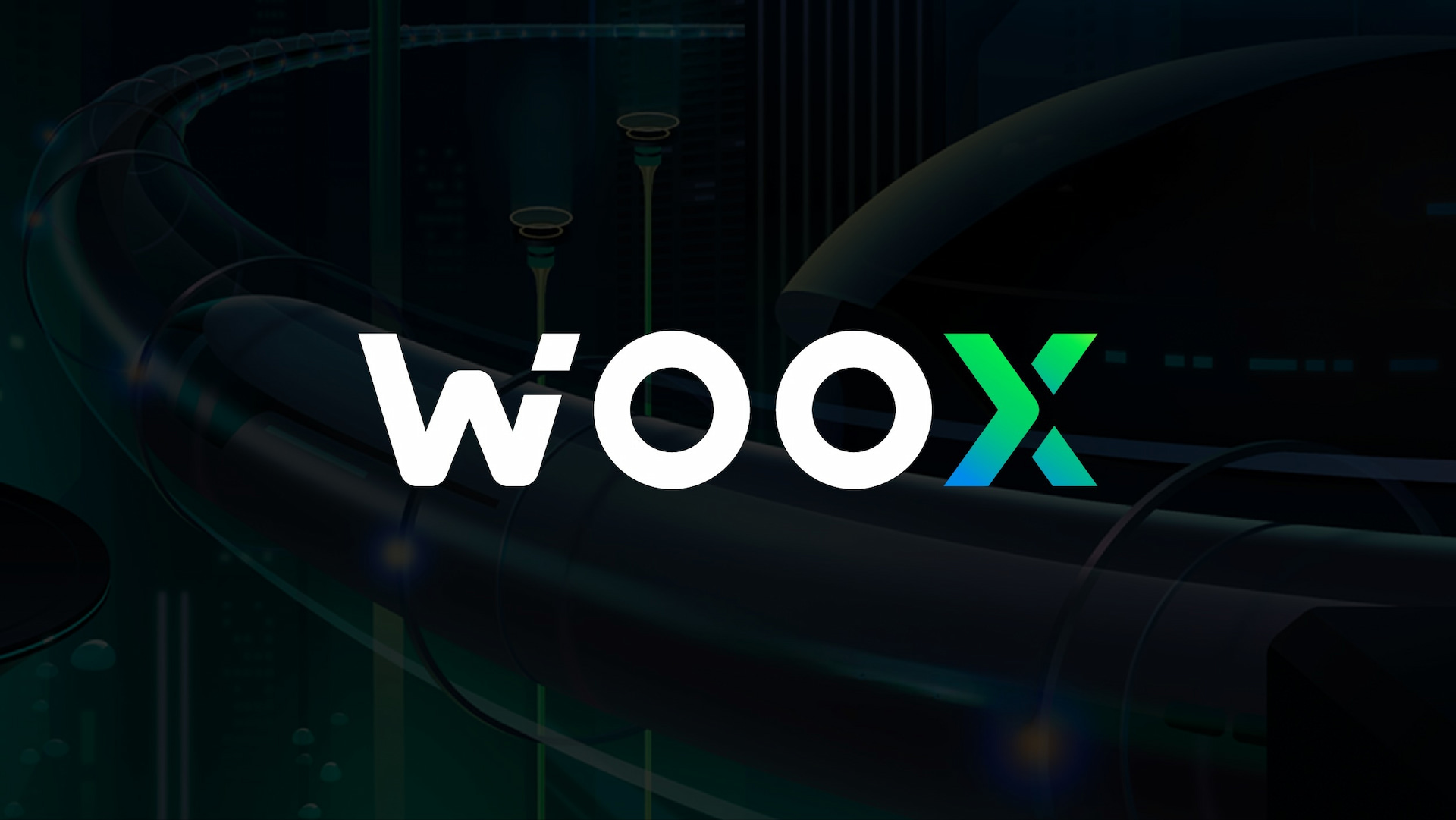It has been the comeback of the century for everyone's favorite and slightly unreliable layer-1: Solana.
SOL took a beating after the FTX collapse, and it was touch-and-go for a minute. Yet fortune favors the brave, and the Solana community have been handsomely rewarded for their unwavering support. From the deathly lows of January 2023, SOL is up over 1000%.
Low gas fees, fast finality, airdrop opportunities, and a low-friction on-chain experience are a strong draw.
But as some might have observed, these traits are not entirely unique to Solana.
What if there was a competitor with even lower fees, an even stronger community, and perfectly positioned within an ecosystem well-known for airdrop opportunities? After some digging, we’ve found such a chain.
So, strap yourselves in and get ready. It’s time for a deep dive into the Cosmos ecosystem. We’re unpacking the blockchain built for finance: Injective.
Is Injective unique? Or is it more vaporware?
We all know the story.
A groundbreaking Layer-1 is gaining attention. It’s climbing the ranks of CoinMarketCap, and a close competitor is in its sights. And then it all falls apart, and you’re left holding the bag.
With the unprecedented explosion of activity in the Injective ecosystem, you’d be forgiven for thinking it’s just another example of the above narrative.
Except Injective is doing something different, and the on-chain order book is the key.

Fragmented liquidity remains a massive issue in DeFi, with liquidity pools often being segmented and siloed across different protocols and dApps. On a chain like Ethereum for example, starting a new orderbook-based DEX would often mean having to find your own liquidity sources, or working with other dApps to integrate their liquidity.
Injective solves this problem by providing access to plug-and-play modules and DeFi primitives like an on-chain orderbook. This orderbook module creates a unified and shared liquidity environment for all dApps, enabling developers to easily build complex apps and instruments entirely on-chain.
Developers are then free to focus on enhancing UX and nailing GTM strategy without worrying about bootstrapping their own liquidity pools.
Zero gas fees and batch auctions to mitigate MEV also come standard on Injective. These factors combined deliver a genuinely seamless and highly accessible on-chain experience.

The recently launched MoonApp and Mito are among the first to capitalize on these innovations. They bring mobile-native automated trading and yield farming to the ecosystem.
Meanwhile, projects like Hydro Protocol brings LSDFi to Injective, unlocking further liquidity for staked INJ and generating ‘Real Yield’ (as they call it) from a diversified and rebalancing basket of crypto assets.
Helix DEX is also providing on-chain traders with access to orderbook-based Spot and Perpetual trading pairs in a unique gas-less fashion. Say goodbye to gas fees, traders!
All in all, Injective’s instant transaction finality, 25,000+ TPS throughput, and native interoperability have been key in enabling a truly unique UX for these dApps.

These innovations have not gone unnoticed either, with its major release every other day especially its mainnet upgrade in January that brought the first-ever RWA module.
But what does its actual adoption look like? Let’s take a deeper look.
Is Injective gaining actual mass adoption?
We all know that token prices don’t necessarily reflect adoption.
Metrics like active wallet addresses, number of transactions and usage growth rates are a better reflection. If we consider these for Injective, then a clearer picture emerges.
Every metric has exploded through 2023 and is showing no signs of slowing down in 2024.
In just 12 months, active wallet addresses have skyrocketed from 14,000 to 480,000 - a cool 34x increase.
Total number of transactions have also surged to 390,000,000, up from 140,000,000 at the end of 2022. By the end of March 2024, this number is now 460,000,000.
Couple this with the fact that the INJ token has been in circulation since 2020, and it is safe to assume that the growth has been more organic than anything one would usually see from an Ethereum-based L2, where transactions are typically spammed in hopes of a future airdrop.
Total assets on Injective have breached $3.7 billion, and TVL across its ecosystem dApps is steadily increasing, currently sitting at circa $71m.
Total trading volume on exchange dApps in January reached $3B in one month alone, peaking on January 25th with a daily volume of $226.7M.
Exchange dApps on Injective have processed a cumulative trading volume of $26 billion since mainnet, with 50% of the total supply of INJ currently being staked.
The growth rate on these numbers has surpassed many other L1 blockchains, which serves as one strong piece of evidence on true adoption.
But what about the community?
The lifeblood of the Injective ecosystem: The Ninjas
A token or blockchain lives and dies by its community.
A strong community is one of the best assets a layer-1 can have, and the Injective community is one of the strongest out there. Since the launch of the ambassador program in February 2023, the Ninjas have been everywhere.
These vocal advocates drive the project forward, making $INJ one of the most frequently mentioned in all of Crypto Twitter.
Injective Labs co-founder Eric Chen also recently appeared on CoinDesk TV to discuss RWA tokenization on Injective, and the head of BD at Injective Labs, Mirza Uddin, spoke about the burgeoning NFT ecosystem on Injective on a recent Inspect space.
With all of this media attention and big accounts on CT like CryptoWizardd providing their support, the Injective community has never been stronger.
What’s next?
January 11th saw the successful deployment of the long-awaited Volan mainnet upgrade. With this came the first RWA Module, bringing yet another new DeFi primitive directly on-chain and increasing institutional appeal.
With the RWA market poised to grow to up to $16T by 2030 and 10% of global GDP by the end of the 2030s, these upgrades mean Injective is well positioned to capture some of that value.
The inEVM and inSVM have also been released, making Injective the only chain to support WASM, EVM and SVM development environments and massively increasing the developer appeal of Injective. These features, along with expanded interoperability, tokenomics optimizations, upgraded scalability, and token burn enhancements indicate that 2024 could be a massive year for Injective.
There’s a lot of work still to be done, and nothing is guaranteed, especially in this industry. What’s clear, however, is the team and community’s ambition knows no bounds.
The content above is neither a recommendation for investment and trading strategies nor does it constitute an investment offer, solicitation, or recommendation of any product or service. The content is for informational sharing purposes only. Anyone who makes or changes the investment decision based on the content shall undertake the result or loss by himself/herself.
The content of this document has been translated into different languages and shared throughout different platforms. In case of any discrepancy or inconsistency between different posts caused by mistranslations, the English version on our official website shall prevail.


